Encountering the error "The request could not be performed because of an I/O device" can be frustrating, especially when you're trying to access important files or external storage. This error typically indicates an issue with your computer's input/output (I/O) operations, preventing data transfer between your system and the connected device. In this guide, we'll explain what an I/O device error means, its common causes, and proven solutions to fix it.

What Does an I/O Device Error Mean?
An I/O device error occurs when your computer fails to read or write data to a connected storage device, such as a hard drive, USB flash drive, SSD, or CD/DVD. This can happen due to hardware malfunctions, outdated drivers, or corrupted system files. Common causes include:
Faulty or loose connections (USB, SATA cables)
Outdated or corrupt device drivers
Damaged storage device
Incorrect drive permissions
Corrupted file system
If you see the message "The request could not be performed because of an I/O device", don’t panic—several troubleshooting methods can help resolve the issue.
How to Fix the Request Could Not Be Performed Because of an I/O Device Error?
Method 1: Check Hardware Connections
Before diving into software fixes, always rule out physical connection issues. A loose cable, damaged port, or faulty device can easily trigger an I/O error. This method ensures the problem isn’t something as simple as a disconnected wire.
Steps:
Step 1. Disconnect and reconnect the device (USB, external HDD, etc.).
Step 2. Try a different USB port or cable.
Step 3. If using an internal hard drive, ensure SATA/power cables are securely attached.
Step 4. Test the device on another computer to rule out hardware failure.
Method 2: Update or Reinstall Device Drivers
Outdated, missing, or corrupted drivers are a leading cause of I/O errors. Keeping drivers updated ensures smooth communication between your OS and hardware. If Windows can’t properly recognize the device, updating drivers often resolves the issue.
Manual Driver Update via Device Manager
Step 1, Press Win + X and select Device Manager.
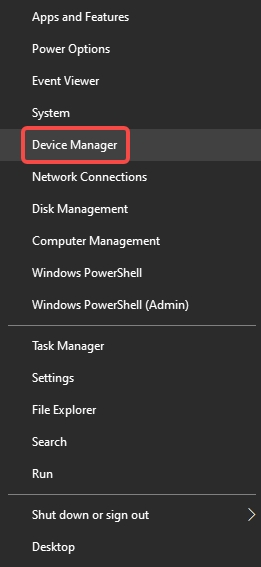
Step 2. Expand Disk drives, right-click the problematic device, and select Update driver.
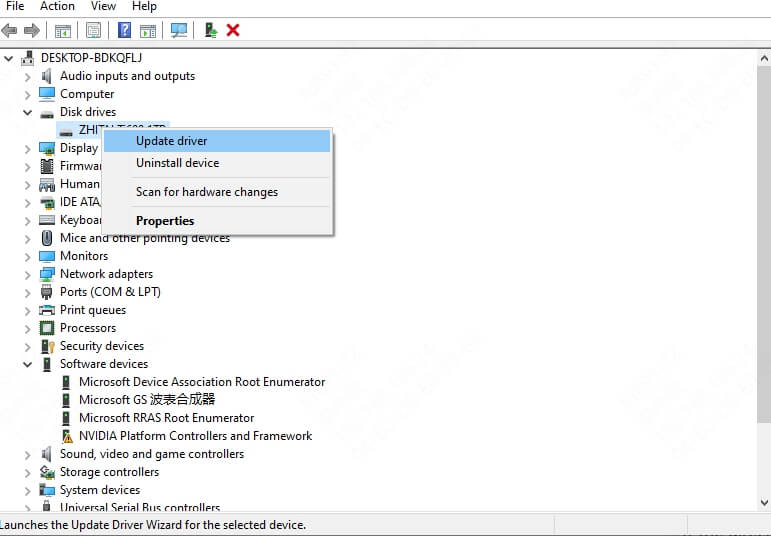
Step 3. Choose Search automatically for updated driver software"
Step 4. Restart your PC after installation.
Automatic Driver Update with PcGoGo Driver Sentry
Manually searching for drivers can be tedious, especially if multiple devices need updates. PcGoGo Driver Sentry automates the process, scanning your system for outdated drivers and installing the correct versions with a single click.
Steps to Update Drivers with Driver Sentry:
Step 1. Download and install PcGoGo Driver Sentry.
Step 2. Launch the program and click Scan.

Step 3. Review the outdated drivers and click Update All.
Step 4. Restart your PC to apply changes.
Method 3: Run the Hardware and Devices Troubleshooter
Windows includes built-in troubleshooters designed to automatically detect and fix common hardware issues. This tool checks for problems like driver conflicts, missing updates, and incorrect configurations that could cause I/O errors.
Steps:
Step 1. Press Win + R, type control, and hit Enter.

Step 2. Go to Troubleshooting > Hardware and Sound > Hardware and Devices.
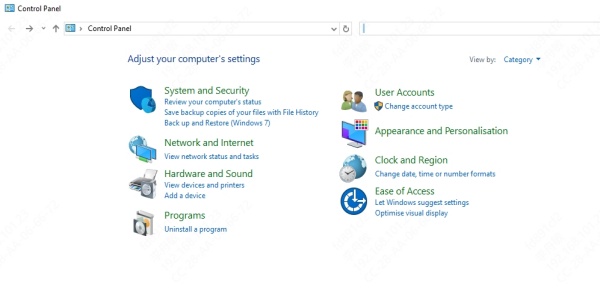
Step 3. Follow the on-screen instructions to complete the scan.
Method 4: Change the Drive Letter
Sometimes, Windows assigns a drive letter that conflicts with another device or system process, leading to I/O errors. Changing the drive letter can resolve this issue by eliminating the conflict.
Steps:
Step 1. Press Win + X and select Disk Management.
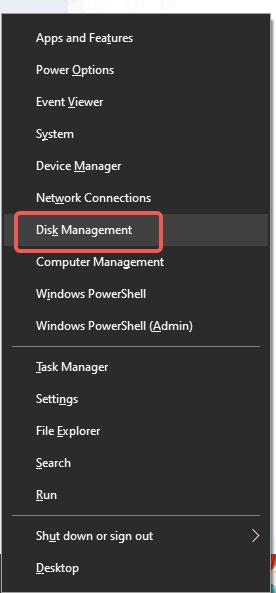
Step 2. Right-click the affected drive and choose Change Drive Letter and Paths.
Step 3. Click Change, assign a new letter, and click OK.
Method 5: Check Disk for Errors Using CHKDSK
A corrupted file system or bad sectors on your storage device can cause I/O errors. The CHKDSK (Check Disk) utility scans the drive for errors and attempts repairs, often resolving the issue without data loss.
Steps:
Step 1. Open Command Prompt as Administrator.
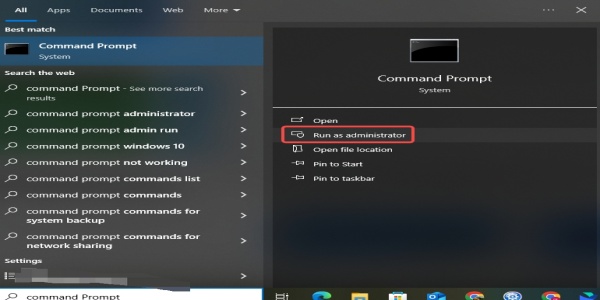
Step 2. Type chkdsk X: /f /r (replace X with your drive letter).
Step 3. Press Enter and wait for the scan to complete.
Method 6: Format the Drive (Last Resort)
If all else fails and the drive remains inaccessible, formatting may be necessary. Warning: This erases all data, so only proceed if you’ve backed up your files or accept data loss. Formatting creates a fresh file system, often resolving persistent I/O errors.
Steps:
Step 1. Open File Explorer, right-click the drive, and select Format.
Step 2. Choose NTFS (for internal drives) or FAT32/exFAT (for USB drives).
Step 3. Click Start and confirm.
Conclusion
The error "The request could not be performed because of an I/O device" can disrupt your workflow, but most cases are fixable. Whether it’s a hardware issue, outdated drivers, or file system corruption, the methods above can help restore functionality. For a hassle-free driver update solution, PcGoGo Driver Sentry ensures your system stays optimized with the latest drivers.
Need a quick fix? Download PcGoGo Driver Sentry today and keep your drivers up to date automatically!